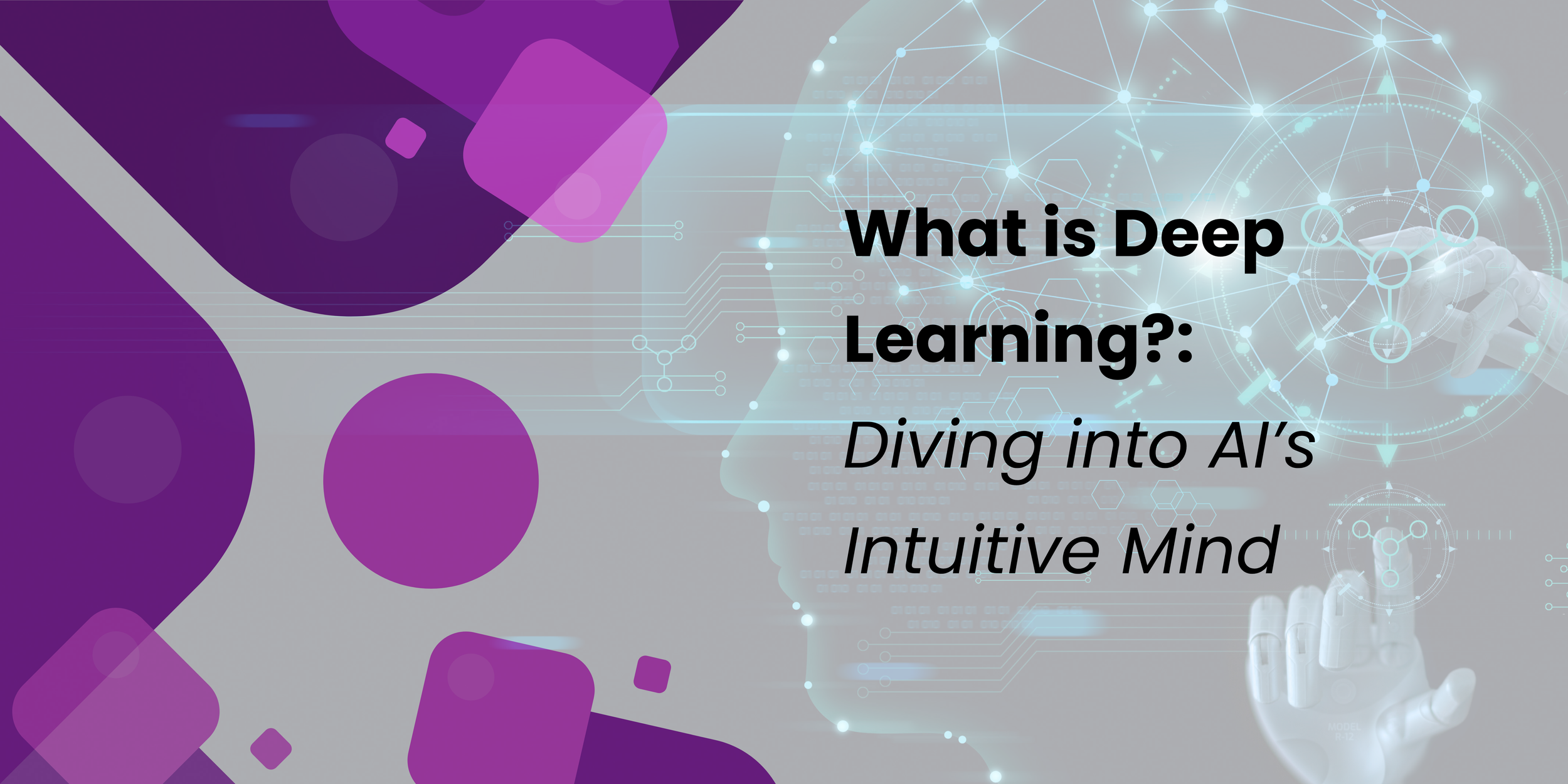What is Deep Learning?: Diving into AI’s Intuitive Mind
Deep Learning, a subset of Machine Learning (ML), is an AI technology mimicking the human brain’s ability to learn and make decisions. But how does it differ from Machine Learning, and what are its real-world applications? Let's dive in.
Deep Learning vs. Machine Learning
While Machine Learning uses algorithms to parse data, learn from it, and make decisions, Deep Learning goes further. It uses layered neural networks, akin to the human brain, to learn from vast amounts of data. These layers enable Deep Learning systems to recognize, interpret, and make predictions with an uncanny accuracy.
Examples of Deep Learning in Action
Image and Speech Recognition: Deep Learning powers facial recognition systems and voice assistants like Siri and Alexa. Its ability to process and interpret visual and audio data surpasses traditional ML capabilities.
Autonomous Vehicles: Self-driving cars use Deep Learning to interpret sensor data, allowing them to navigate safely through traffic.
The Power of Neural Networks
Neural networks in Deep Learning consist of layers of nodes, each layer learning different aspects of the data. The deeper the layer, the more complex the learning, which allows these systems to make sophisticated decisions.
Challenges and Future of Deep Learning
Deep Learning requires substantial computational power and large datasets. However, its potential in fields like healthcare, finance, and environmental science is immense, promising breakthroughs in cancer detection, financial fraud prevention, and climate modeling.
Conclusion
Deep Learning represents a significant leap forward in AI’s ability to process and learn from data. As technology advances, its impact across various sectors will deepen, unlocking new possibilities and challenges.
Stay curious about the evolving world of Deep Learning. Embrace its advancements and explore how it’s shaping the future of AI and technology with ClubAI Plus.

